
Pet Influencers Online* – Furry stars ruling Instagram & TikTok.
“From Grumpy Cat to TikTok sensations, pet influencers are redefining fame in the digital age. These furry, feathered, and even scaly stars capture hearts worldwide, turning adorable antics into global trends, lucrative brand deals, and devoted fan communities. Explore how social media is transforming pets into beloved celebrities and why their charm resonates across cultures and generations.”
🐶 Pet Star
45 min read · 15, Sep 2025
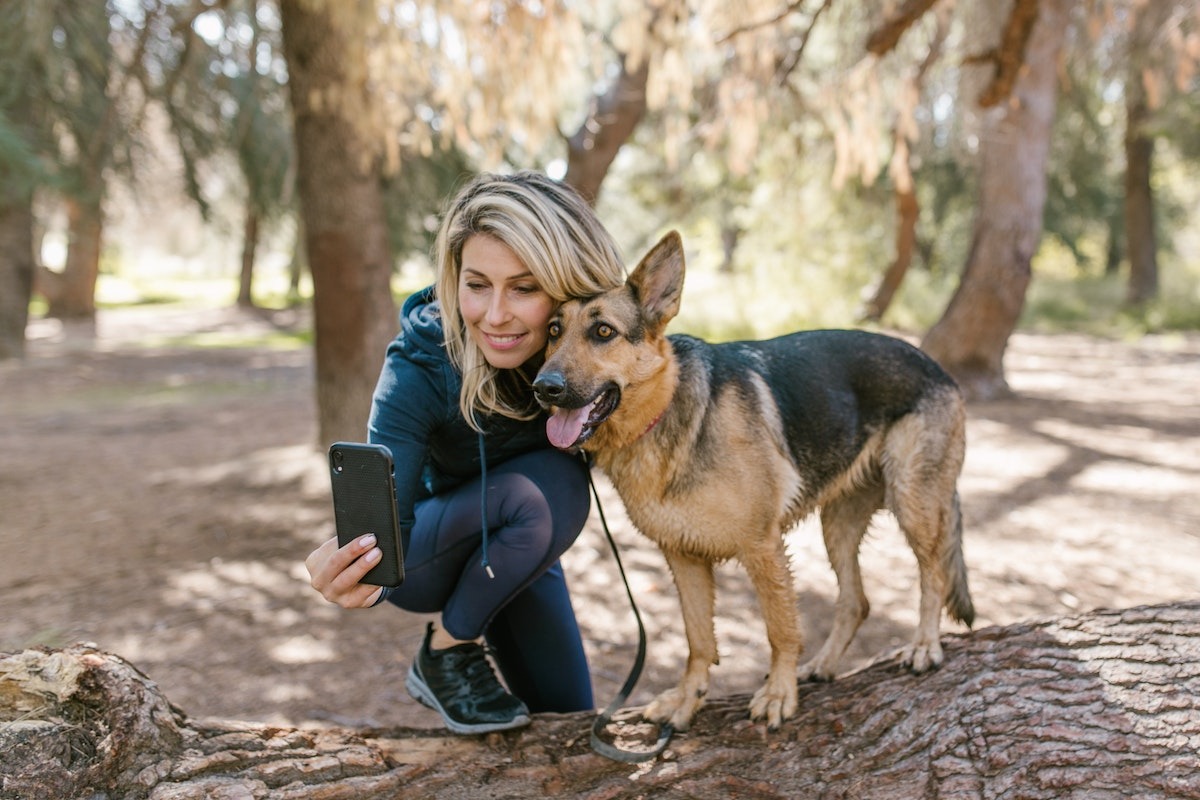
Pet Influencers Online – Furry Stars Ruling Instagram & TikTok
In the digital age, the concept of celebrity has expanded far beyond Hollywood actors, pop stars, and athletes. Today, one of the most charming and heartwarming corners of social media is dominated by fluffy paws, wagging tails, twitching whiskers, and adorable feathered companions—pet influencers. Platforms like Instagram and TikTok have given rise to a new era where cats, dogs, rabbits, parrots, hedgehogs, and even reptiles are ruling the internet, amassing millions of followers, striking lucrative brand deals, and building loyal fan communities.
This article dives deep into the world of online pet influencers, examining their rise to fame, the business behind their adorable photos and videos, the psychology of why humans adore them, challenges in managing a pet influencer account, and the evolving future of this unique form of digital stardom.
The Rise of Pet Influencers: From Family Pets to Global Stars
The phenomenon of pets becoming social media celebrities began in the early 2010s with viral sensations like Grumpy Cat, whose permanently frowning expression made her an internet icon, and Boo the Pomeranian, known as “the world’s cutest dog.” These early stars demonstrated that people craved wholesome, lighthearted content that provided a break from the seriousness of everyday life.
Soon after, pet owners began creating dedicated accounts for their furry friends. With Instagram’s emphasis on visuals and TikTok’s quick, entertaining videos, these platforms became the perfect stage for pets to showcase their personalities. Unlike human influencers, pets didn’t need scripted content or fancy aesthetics—their natural charm was enough to capture millions of hearts.
Why People Love Pet Content Online
The massive popularity of pet influencers is not just a coincidence—it’s deeply rooted in human psychology:
- Stress Relief: Watching pets play, sleep, or simply being goofy can reduce cortisol levels and provide instant comfort.
- Universality: Pets cross cultural and language barriers. A cat knocking something off a table is funny in any country.
- Wholesome Escapism: Pet content is free from politics, negativity, or controversy, making it a safe space online.
- Parasocial Relationships: Just like with human influencers, people form emotional bonds with pet accounts, following their journeys, milestones, and even grieving when a beloved internet pet passes away.
The Business of Pet Influencers
Pet influencers are no longer just about cuteness—they are multi-million-dollar businesses. Here’s how they generate income:
- Sponsored Posts & Brand Collaborations: Pet food, grooming products, toys, clothing, and even travel brands pay pet influencers to feature their products.
- Merchandising: Many famous pets have their own clothing lines, calendars, or plush toys.
- Books & Media Appearances: Grumpy Cat had her own book deal and even starred in a movie.
- Affiliate Marketing: Pet influencers link to products, earning commissions on every purchase.
- NFTs & Digital Collectibles: Some pet owners experiment with selling exclusive digital content of their pets.
Depending on the follower count and engagement rate, a single sponsored post by a top pet influencer can earn anywhere from a few hundred to tens of thousands of dollars.
Popular Pet Influencers Who Changed the Game
- Jiffpom (Pomeranian): With over 9 million Instagram followers, Jiffpom holds Guinness World Records for being the fastest dog on two paws and is a red-carpet sensation.
- Nala Cat: Once a rescue kitten, Nala grew to become one of the most-followed cats on Instagram, boasting over 4 million followers.
- Doug the Pug: Known as the “King of Pop Culture,” Doug has millions of fans, brand deals, and even a children’s book.
- Tucker Budzyn (Golden Retriever): Famous for his expressive face and “doggo talk,” Tucker’s videos on TikTok and YouTube have made him a household name.
- Maple the Dog & His Human Guitarist: Maple became famous for cozy, heartwarming videos featuring her relaxing while her owner played soothing guitar.
These pets prove that charisma, relatability, and authenticity matter more than high production quality.
The Role of TikTok in Boosting Pet Fame
While Instagram has been the traditional hub for pet influencers, TikTok has supercharged their popularity. With its algorithm pushing viral, short-form content to millions, pets performing tricks, showing daily routines, or reacting to quirky sounds often blow up overnight. Many pets with only a few hundred followers on Instagram have become viral sensations on TikTok, attracting sponsorships and mainstream attention.
TikTok trends such as dressing pets in costumes, lip-sync videos with funny voiceovers, or “day in the life” clips have further strengthened their visibility. The interactive nature of TikTok comments and duets also allows fans to engage more actively.
Behind the Scenes: The Work of Being a Pet Influencer
Although these accounts look effortless, managing a pet influencer profile is hard work. Owners often:
- Invest in photography and video equipment.
- Dedicate hours to content planning, editing, and caption writing.
- Train their pets to be comfortable in front of the camera without causing stress.
- Maintain consistency with posting schedules to satisfy algorithms.
- Manage partnerships, contracts, and negotiations with brands.
Importantly, ethical owners prioritize their pet’s well-being over profit, ensuring filming does not cause discomfort or exploitation.
Ethical Concerns and Criticism
Like any industry, pet influencing has raised debates:
- Exploitation Concerns: Critics argue that some owners treat pets as “cash cows,” ignoring their natural needs.
- Overexposure: Pets may be subjected to stress during shoots or forced into uncomfortable costumes.
- Authenticity Issues: Some accuse owners of faking “cute moments” or staging content excessively.
- Pet Welfare: If the chase for content compromises a pet’s health, it raises ethical red flags.
To address this, responsible pet influencers often promote adoption, animal welfare, and humane treatment, using their platforms for positive change.
The Future of Pet Influencers
The future looks bright for furry celebrities. Here are emerging trends:
- AI & Virtual Pet Influencers: Digital pets created with CGI or AI may complement real-life animal accounts.
- Cross-Media Expansion: Expect more pet-based cartoons, films, and branded merchandise.
- Wellness & Lifestyle Integration: Pets as advocates for mental health, eco-friendly living, and fitness.
- Niche Species Rising: Beyond cats and dogs, rabbits, goats, and even turtles are gaining influencer traction.
As social media evolves, pets will continue to dominate as reliable sources of joy and engagement.
In the modern digital era, the rise of social media has not only redefined how humans connect with one another but also how we interact with animals, giving birth to a fascinating cultural trend—pet influencers. Once just beloved members of households, cats, dogs, rabbits, parrots, hedgehogs, and even reptiles have now transformed into global celebrities with massive followings on Instagram and TikTok, platforms perfectly designed for visual storytelling and short-form entertainment. The story of pet influencers began with viral stars like Grumpy Cat, whose perpetually unimpressed expression captured hearts worldwide, and Boo the Pomeranian, celebrated as the “world’s cutest dog,” setting the stage for pets to rule the internet. People quickly discovered that these animals brought something human influencers often could not—wholesome, drama-free, universally relatable joy. Psychologically, pet content has immense appeal because it provides stress relief, sparks laughter, and offers an escape from negativity, while also transcending language and cultural barriers, since a cat knocking something off a table or a puppy’s clumsy zoomies are universally funny. These digital pets also create parasocial bonds with followers, who celebrate their birthdays, watch their daily adventures, and even grieve when a beloved internet animal passes away. But what began as lighthearted entertainment soon evolved into a full-fledged industry worth millions, where pets now earn brand deals, sell merchandise, and even star in books or movies. Income streams include sponsored posts for pet food, grooming products, toys, or apparel; affiliate marketing links; dedicated merchandise like calendars or plush toys; and high-profile media appearances. In fact, a single post from a top pet influencer like Jiffpom the Pomeranian, Nala Cat, or Doug the Pug can generate thousands of dollars, turning cute content into serious business. Instagram remains a stronghold for polished photography and aesthetically pleasing pet feeds, but TikTok has supercharged pet influencer culture, with its algorithm pushing spontaneous, quirky, and funny clips to millions of viewers overnight. Whether it’s Tucker Budzyn, the Golden Retriever famous for his expressive doggo talk, or Maple the Dog calmly listening to her owner play guitar, TikTok has given ordinary household pets a platform to become global sensations in days. Yet behind the adorable posts is immense work—pet owners must invest in cameras, editing tools, and training to keep pets comfortable while creating content, all while balancing brand negotiations, content schedules, and community management. Ethical concerns have naturally emerged, with critics worried about exploitation, overexposure, and pets being forced into uncomfortable costumes or stressful shoots for profit. Responsible pet owners counter this by prioritizing animal welfare, ensuring sessions are fun, short, and rewarding, and often using their platforms to promote adoption and humane treatment. Still, the industry raises questions about whether pets should be monetized at all, even as they bring joy to millions. Looking ahead, the future of pet influencers seems both exciting and unpredictable, with trends pointing toward AI-generated or CGI pets joining real ones, expansion into films, cartoons, and branded merchandise, and more non-traditional animals like goats, turtles, and rabbits entering the spotlight. Beyond entertainment, pets are also being positioned as advocates for mental health, eco-friendly living, and lifestyle inspiration, blending cuteness with meaningful influence. Ultimately, pet influencers represent more than fleeting internet fame—they reflect the evolving relationship between humans and animals in a digital-first world, where companionship, laughter, and authenticity reign supreme. They offer a break from the chaos of modern life, remind us of the joy in simple moments, and prove that in an online landscape often filled with conflict and division, a furry or feathered face can unite millions in shared affection. From a stressed office worker scrolling through TikTok to a child giggling at a dog in sunglasses, the impact of these furry stars is profound, and their reign is only set to grow stronger as social media evolves.
In today’s digital-first world, the definition of celebrity has expanded far beyond human actors, singers, or athletes, giving rise to one of the most charming and heartwarming phenomena on social media—pet influencers—where cats, dogs, rabbits, parrots, hedgehogs, and even reptiles now command global audiences on Instagram and TikTok, platforms that thrive on visuals and short-form content perfectly suited to capture adorable personalities and quirky antics that transcend language, culture, and geography, uniting millions of people around shared affection for animals. The origins of this trend can be traced back to the early 2010s when pets like Grumpy Cat, whose permanently frowning face made her an internet legend, and Boo the Pomeranian, affectionately known as the “world’s cutest dog,” went viral, showing the world that pets could achieve levels of fame once reserved only for humans and opening the floodgates for countless others to follow. The psychology behind the love for pet content is simple yet profound: watching animals brings comfort, reduces stress, sparks laughter, and provides wholesome escapism from the negativity, politics, and drama that often dominate digital spaces; a dog happily wagging its tail or a cat knocking over a glass doesn’t need translation—it is instantly relatable to anyone, anywhere. Furthermore, pet influencers create powerful parasocial relationships where followers feel deeply connected to the animals, celebrate their birthdays, follow their adventures, and sometimes even grieve when a beloved online pet passes away, highlighting just how strong the human-animal bond can be, even when mediated through a screen. What began as a collection of cute photos has since evolved into a multi-million-dollar industry where pets earn money through sponsored posts, product placements, and collaborations with brands selling food, grooming supplies, toys, clothing, and accessories, while some expand into merchandising calendars, plush toys, or even launching their own clothing lines; others have scored book deals, film appearances, or opportunities to represent major companies at events. Pet influencers like Jiffpom, the fluffy Pomeranian with Guinness World Records and millions of Instagram followers; Nala Cat, once a rescue kitten turned one of the most-followed felines on Earth; Doug the Pug, crowned the “King of Pop Culture”; and Tucker Budzyn, the expressive Golden Retriever whose “doggo talk” style delights fans, prove that animals can build empires rivaling human influencers. Instagram provides a polished stage for curated, aesthetic pet feeds, while TikTok has transformed the pace of fame, with its algorithm capable of pushing a single funny or heartwarming clip to millions overnight, catapulting unknown pets into stardom and creating trends ranging from lip-syncs with silly voiceovers to dogs reacting to everyday objects or rabbits hopping through obstacle courses, with the interactive duet and comment features allowing fans to engage more directly than ever. Behind these viral accounts, however, lies the hard work of dedicated pet parents who must invest time, creativity, and resources into producing content, from buying high-quality cameras and editing tools to training their pets to remain comfortable in front of the lens, maintaining consistent posting schedules, and negotiating brand contracts, often managing their accounts like small businesses while prioritizing their animals’ well-being. Yet, the rapid commercialization of pet content has sparked ethical debates, with critics raising concerns about overexposure, pets being forced into stressful situations for likes, or being treated as “cash cows” rather than family members; questions about authenticity also arise when owners stage overly scripted or unnatural scenarios to appear cute, leading to calls for transparency and a greater emphasis on animal welfare. Responsible owners, however, ensure filming remains fun and safe, reward their pets during shoots, limit stress, and frequently use their platforms to advocate for adoption, shelter support, and responsible pet ownership, thereby turning fame into a force for good. The future of pet influencers appears bright and multifaceted, with emerging trends pointing toward AI-generated or CGI pets that coexist alongside real animals, cross-media expansions into television, animated series, and branded merchandise, and the rising visibility of non-traditional species such as goats, turtles, and exotic birds stepping into the spotlight. Beyond entertainment, pets are also being framed as ambassadors for lifestyle values, mental health advocacy, eco-friendly living, and fitness, blending cuteness with social influence in meaningful ways. Ultimately, pet influencers embody more than a fleeting internet craze—they symbolize the timeless bond between humans and animals in the context of an evolving digital landscape where companionship, laughter, and authenticity are prized above all. Whether it’s a stressed worker scrolling TikTok during a break, a child giggling at a dog wearing sunglasses, or a global community celebrating the milestones of a beloved online pet, the reach and impact of these furry stars are undeniable, proving that in a world often filled with conflict and noise, sometimes it is the innocent joy of a wagging tail or the mischievous stare of a cat that brings people together. As social media continues to grow, one thing is certain—the reign of pet influencers on Instagram and TikTok is only beginning, and their ability to unite, entertain, and inspire will keep them at the center of digital culture for years to come.
Conclusion
The rise of pet influencers on Instagram and TikTok highlights how digital culture is shifting towards inclusivity, relatability, and emotional connection. Pets, with their authenticity and unfiltered charm, bring relief in an often chaotic online world. They have grown from being simple sources of entertainment to full-fledged brands, shaping industries and influencing consumer choices.
While ethical questions remain, the success of pet influencers demonstrates the power of human-animal bonds in the digital age. As platforms evolve and new technologies emerge, one thing is certain: the reign of furry, feathered, and scaly stars is far from over.
Q&A Section
Q1 :- Why are pet influencers so popular on social media?
Ans:- Because they provide stress relief, universal humor, wholesome content, and allow followers to form emotional bonds without the drama often linked to human influencers.
Q2 :- How do pet influencers make money?
Ans:- Through sponsored posts, merchandise, affiliate marketing, media appearances, and sometimes book deals or even NFTs.
Q3 :- Which pets are the most famous online?
Ans:- Jiffpom (Pomeranian), Nala Cat, Doug the Pug, and Tucker Budzyn are among the biggest names, each with millions of fans.
Q4 :- Are there ethical concerns with pet influencing?
Ans:- Yes, concerns include exploitation, stress from overexposure, and prioritizing profit over pet welfare. Responsible owners ensure their pets are comfortable and happy first.
Q5 :- What does the future of pet influencers look like?
Ans:- The future may include AI-generated pets, more cross-media opportunities, and broader inclusion of different species as influencers.
Similar Articles
Find more relatable content in similar Articles
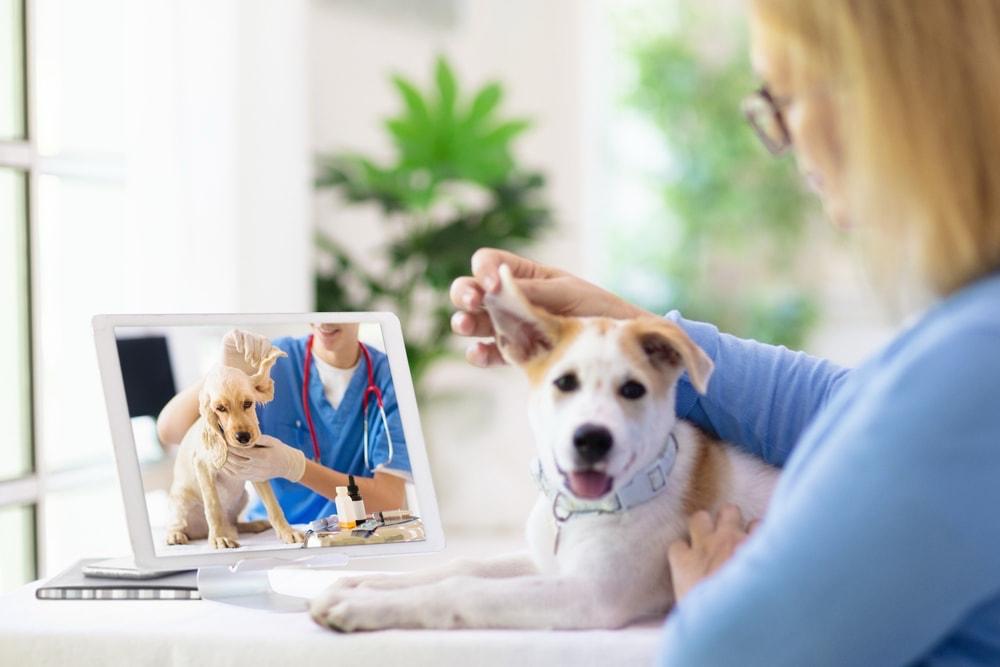
Virtual Vet Visits: Are Online Consultations Reliable?..
As pet healthcare embraces dig.. Read More
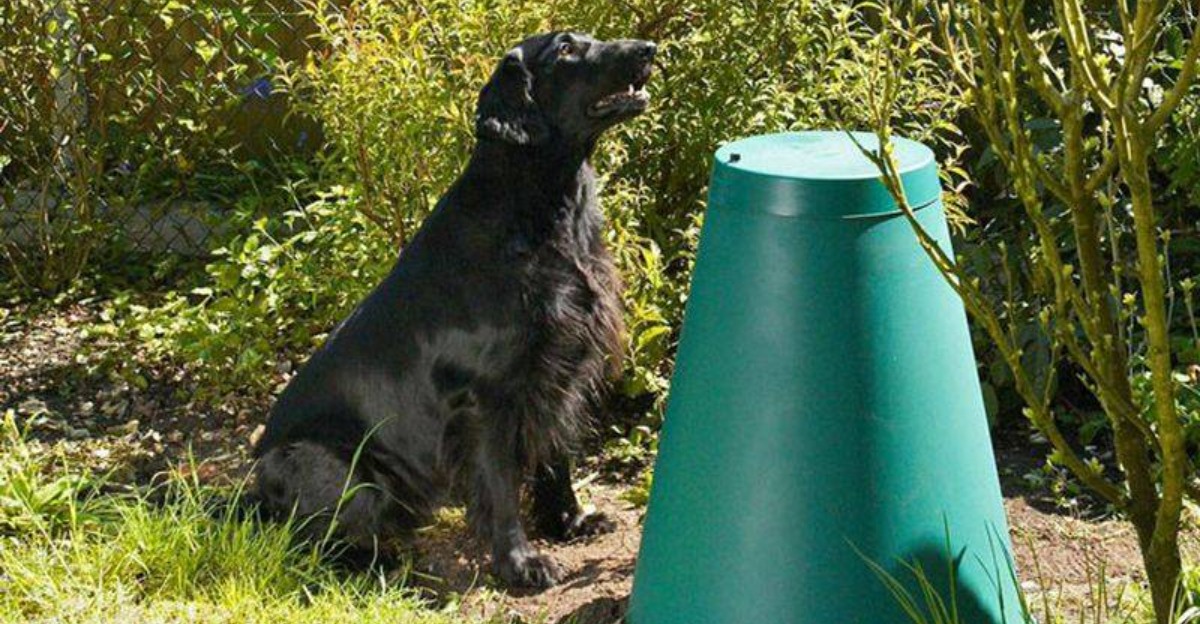
Composting Pet Waste: A Greener Way to Clean Up...
As pet ownership continues to .. Read More
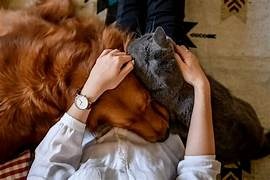
Pets and Mental Health: The Science Behind Emotional H..
Discover the profound impact o.. Read More
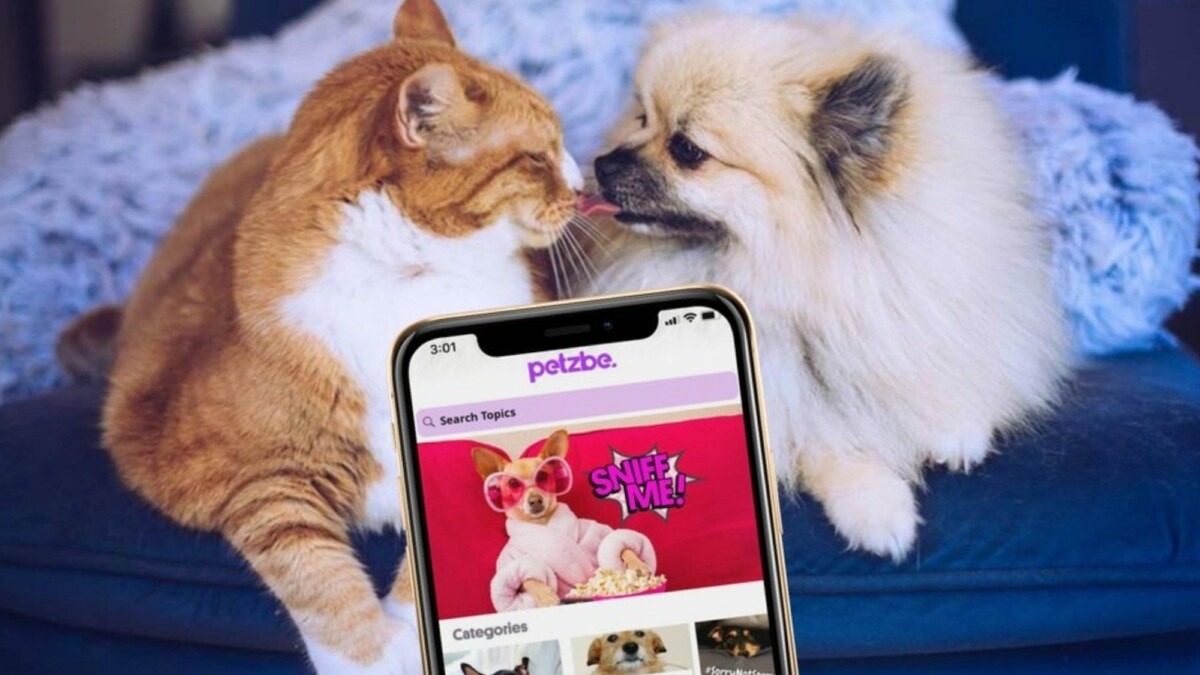
Social Media for Pets: Turning Your Pet into a Digital..
From playful puppies to charis.. Read More
Explore Other Categories
© 2024 Copyrights by rPets. All Rights Reserved.